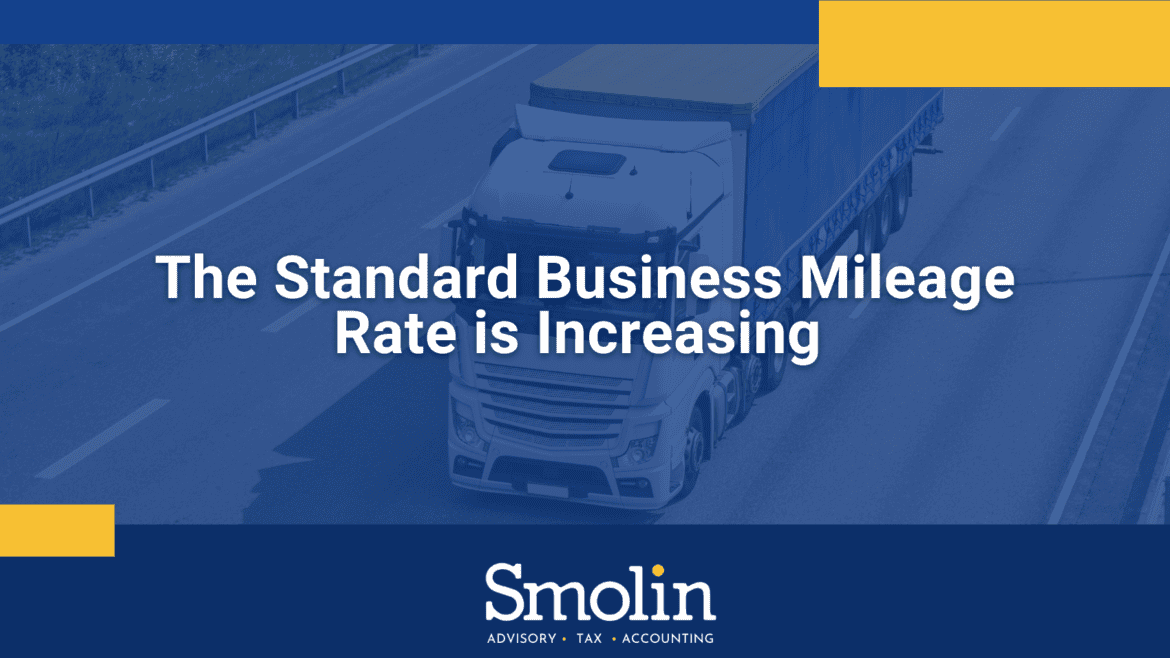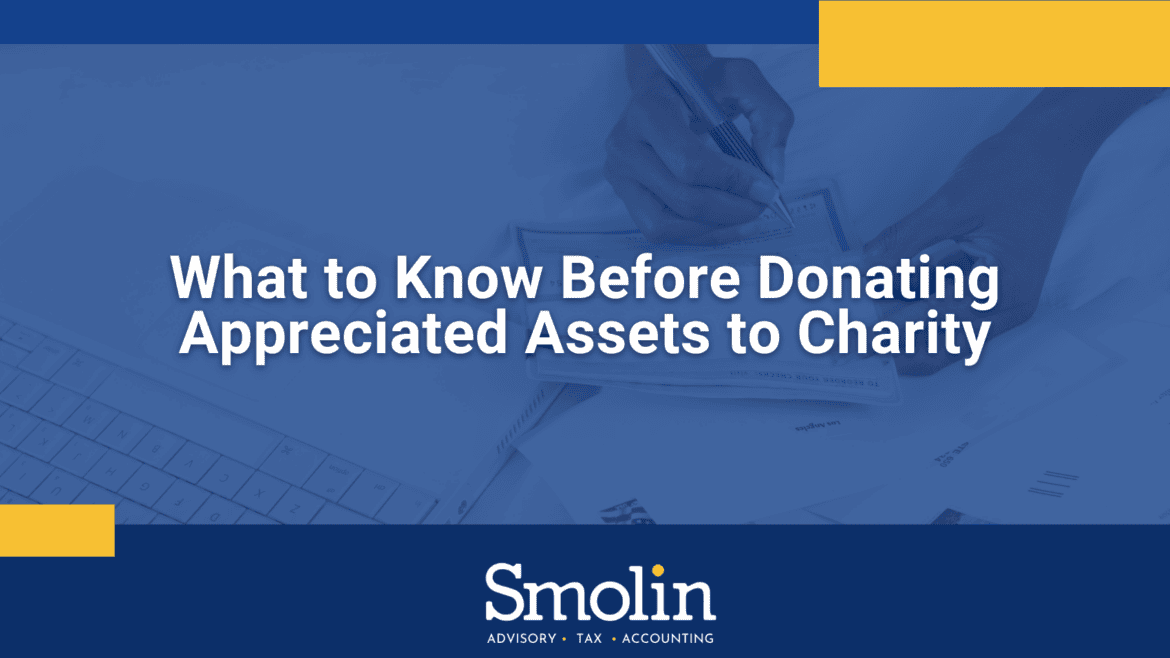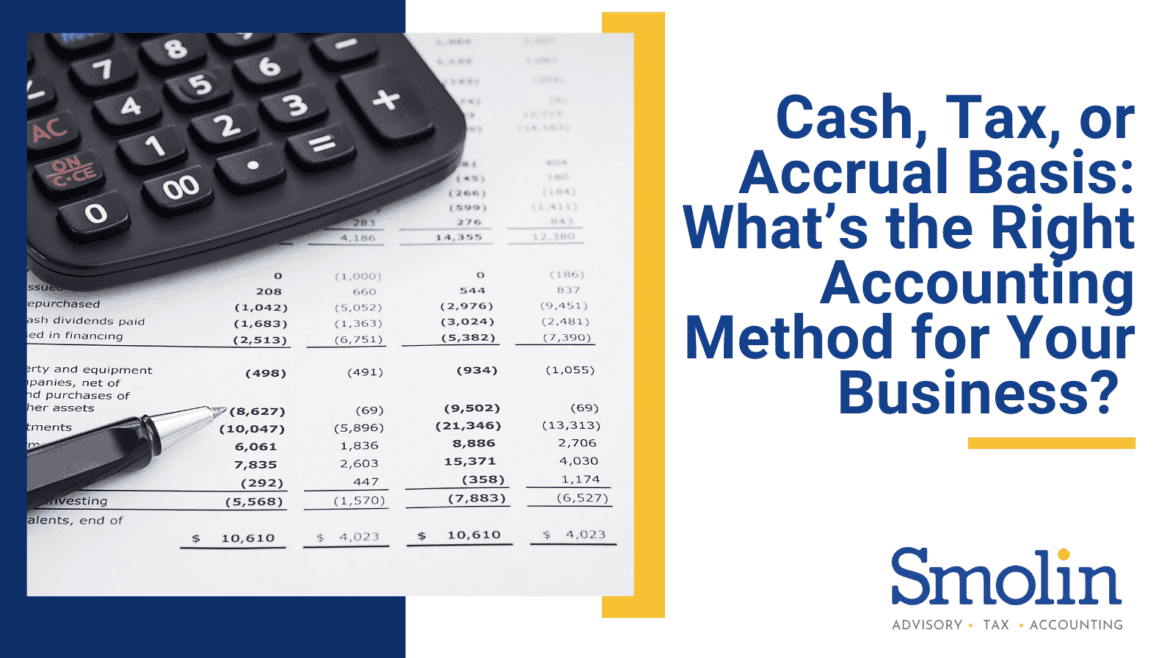National gas prices are lower than they were a year ago, but the optional standard mileage rate used for calculating deductible costs of business vehicles will be higher in 2023.
The IRS recently announced a cents-per-mile rate of 65.6 for the business use of an automobile, which applies to electric and hybrid-electric vehicles, as well as gasoline and diesel-powered vehicles.
This comes after 2022’s rate of 58.5 cents per mile for the first half of the year (January 1-June 30), and 62.5 cents per mile for the second half (July 1-December 31).
How business cents-per-mile rates are calculated
This increase comes as somewhat of a surprise, given the fact that gas prices are lower than they have been in previous years—$3.15 per gallon of regular gas on December 29, 2022, compared to $3.52 one month earlier, and $3.28 one year earlier (according to AAA Gas Prices).
The business cents-per-mile rate is adjusted annually based on a yearly study by the IRS. In some cases, if there is a significant shift in gas prices, the IRS will change the cents-per-mile rate partway through the year (as seen in 2022).
Note, however, that the standard mileage rate isn’t just calculated based on the price of gas. It is based on all of the costs involved in driving a vehicle, including gas, maintenance, repair, and depreciation.
Standard rate compared to actual expenses
Generally speaking, businesses can deduct the actual expenses attributed to business use of vehicles, including:
- Gas
- Oil
- Tires
- Insurance
- Repairs
- Licenses
- Vehicle registration fees
Additionally, you can claim a depreciation allowance for vehicles that are not subject to certain depreciation write-off limits that don’t apply to other types of business assets.
The cents-per-mile rate is particularly beneficial for those who don’t want to keep track of and account for all vehicle-related expenses. However, you must still record information such as business trip mileage, dates, and destinations.
This rate is popular among businesses that attract, retain, and reimburse employees who use their own personal vehicles for business purposes. This is because, under current law, employees cannot deduct unreimbursed business expenses—such as business mileage—on their tax returns.
Those that use the cents-per-mile rate must comply with all applicable rules. Otherwise, those reimbursements could be considered taxable wages to employees.
When you can’t use the standard rate
Note that there are some instances in which the standard cents-per-mile rate cannot be used. This can depend on how you’ve claimed previous deductions for the same vehicle, whether the vehicle is new to your business this year, or whether you want to capitalize on certain first-year depreciation tax breaks.
Not sure whether to use the standard mileage rate? Our team can help
There are many factors to consider when choosing whether to use the standard mileage rate to deduct business-related vehicle expenses.
If you have questions about how to track and claim these expenses, our team of professionals can help. Contact us to get started.









